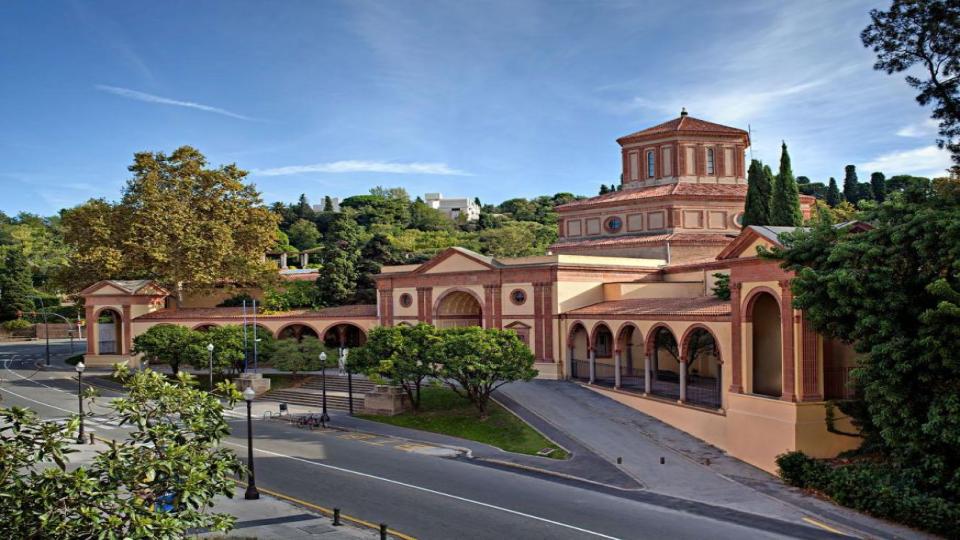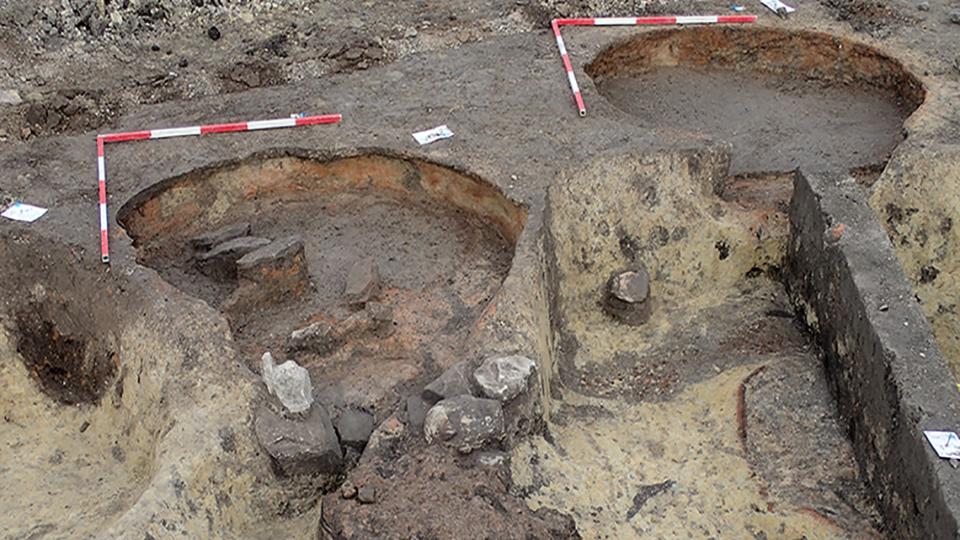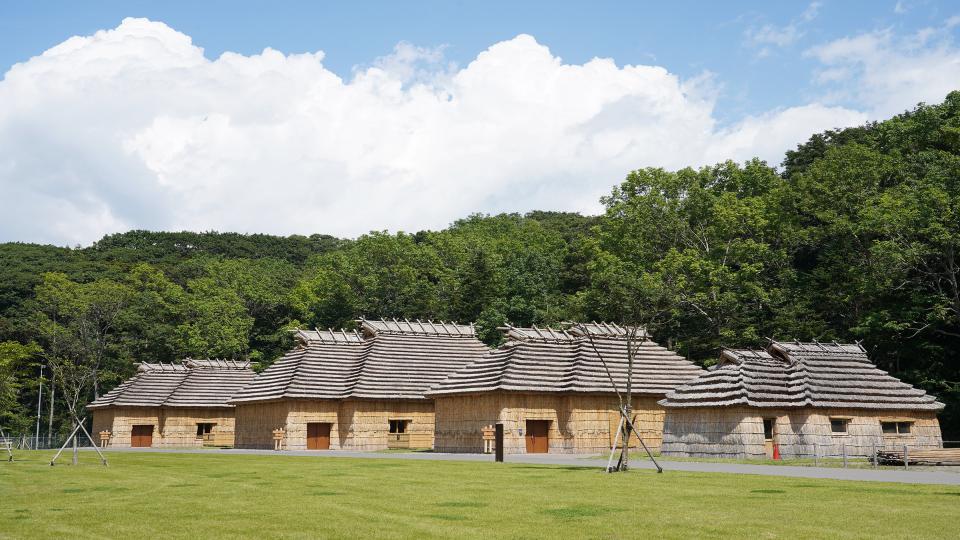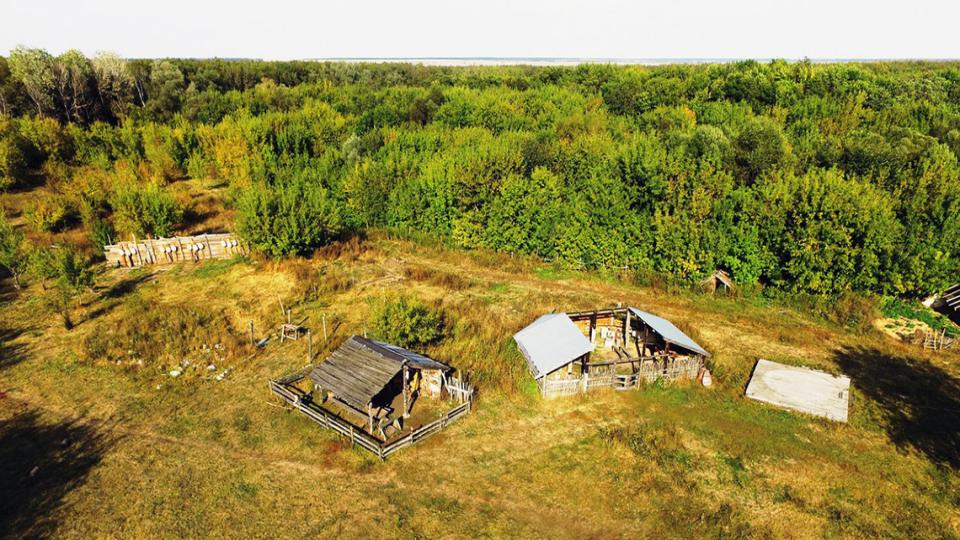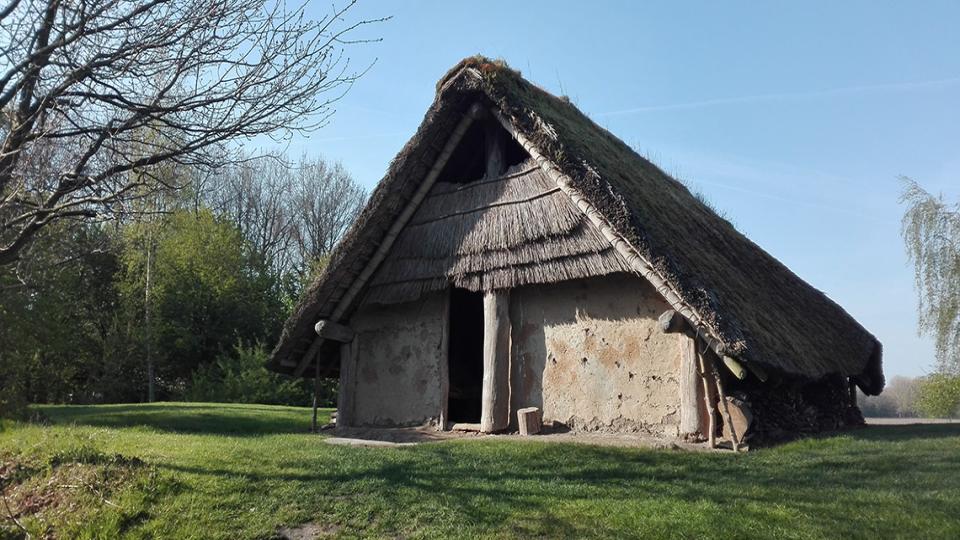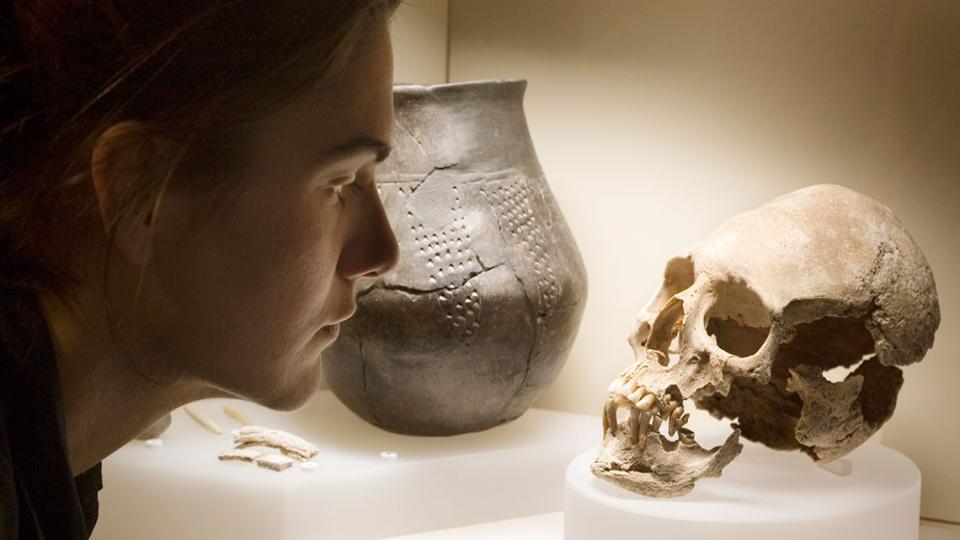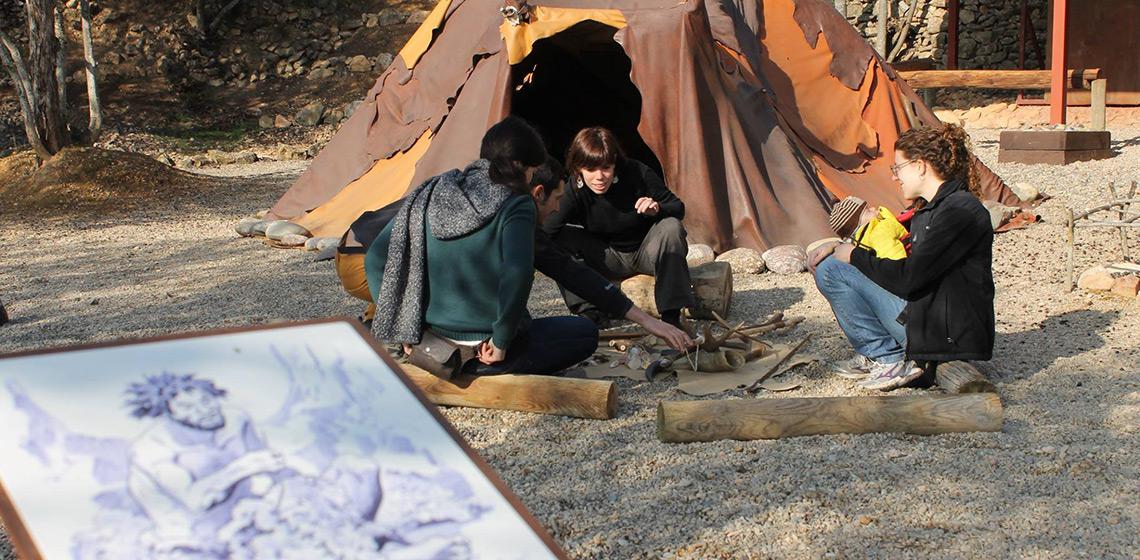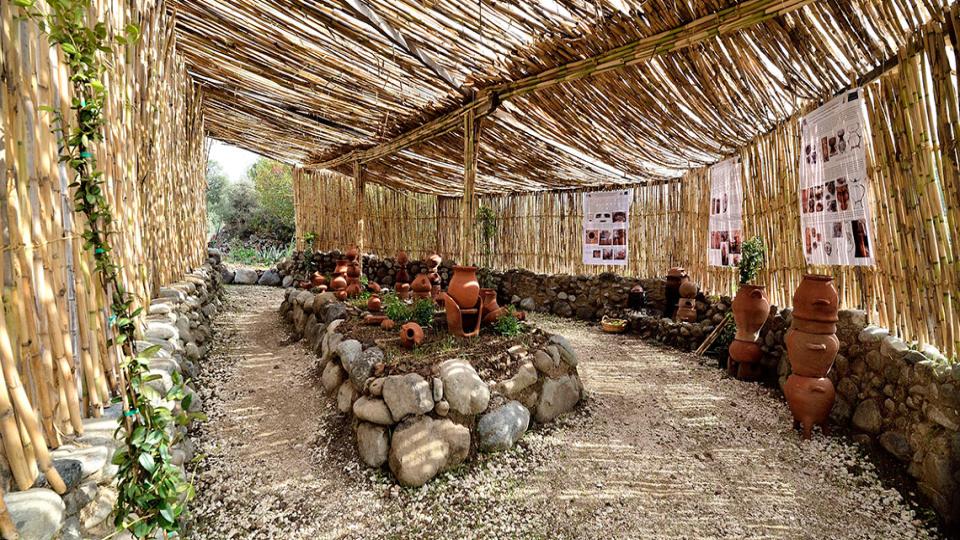Mesolithic
Archeon (NL)
After 15 years of preparation, 1994 the first Dutch archaeological theme park opened in Alphen aan den Rijn, not far from The Hague, Utrecht and Amsterdam, an area which houses 6 million inhabitants. Archeon covers 10,000 years of human development in the Netherlands. From hunter-gatherers in the Stone Age and farmers in the Bronze and Iron Ages, through the Roman period and right up to everyday life in 1340 AD, “Archaeo-interpreters” show what life was like in “their time” in the 43 reconstructed buildings
Museu d’Arqueologia de Catalunya (ES)
The Museu d’Arqueologia de Catalunya (MAC) is an essential national museum facility where history comes to life and time becomes a fascinating adventure. The museum integrates five archaeological centres that can be visited throughout the country: in Barcelona, Girona, Empúries, Olèrdola and Ullastret, Cultural asset of national interest (BCIN). In addition, the MAC also manages the Centre for Underwater Archaeology of Catalonia (CASC), based in Girona, the National Archaeological Repositories, located in Cervera, and the "Iberia Graeca" Research Centre, based in L'Escala. In 2009 the museum also promoted the creation of the Network of Museums and Sites of Catalonia, the Arqueoxarxa, which currently brings together twelve archaeological museums from all over the country.
Magyar Nemzeti Múzeum - Nemzeti Régészeti Intézet (HU)
The Hungarian National Museum was founded in 1802 and is the national museum for the history, art and archaeology of Hungary. It’s collections, exhibitions and affiliates present an overall view of the archaeology and history of the country.
Upopoy (National Ainu Museum and Park) (JP)
As a national center for learning about and promoting Ainu history and culture, Upopoy (National Ainu Museum and Park) (ウポポイ(民族共生象徴空間)) enables people of all nationalities and ages to learn about the Ainu’s worldview and respect for nature. It also acts as a symbol of a society based on mutual respect and coexistence, passing on and sharing various aspects of Ainu culture, which has developed over many years and is influenced by the surrounding nature.
Drevniy Mir - Ancient World (RU)
In 2003, the Samara Regional Branch of the All-Russian Society for the Preservation of Monuments of History and Culture launched a project to establish the Center for Historical Simulation (CIM) "Ancient World" (“Древний Мир”), a brand new interactive model of the exposure of the archaeological heritage of the object for cognitive (educational), tourism and historical education of children and adults; it also serves as a scientific and experimental testing ground for professional archaeologists.
Swifterkamp, Prehistorische Nederzetting (NL)
The “new Land” Flevoland in the Netherlands is not only home to many people, it also contains some splendid nature. In one of the nature parks, at Lelystad, a Stone Age settlement is situated. This area was home to Neolithic farmers before it got too wet and flooded.
Archäologisches Landesmuseum Brandenburg (DE)
The Brandenburg State Authorities for Heritage Management and State Museum of Archaeology (BLDAM) is a state authority established by and directly supervised by the Brandenburg State Ministry of Culture and Science.
Universitat Autónoma de Barcelona (ES)
Though only less more than 50 years old, the Universitat Autónoma de Barcelona (UAB) has already consolidated itself amongst the 200 best universities in the world within the main university rankings and is located within the top 10 new universities with greatest international projection and prestige.
Archeopark dell’Etna (IT)
The Archeopark Etna is the first real-life prehistoric interactive village reconstructed in Sicily on the basis of archaeological documentation obtained in Sicily, in particular Etna, and experimentations in the field of lithic, textile, ceramic and agricultural crafts. A dynamic educational park, open to the public and schools, aiming to demonstrate the millenarian bond of people with the territory by means of an experiential path.
Cyprus Perfumery Park (CY)
Κυπριακό Θεματικό Πάρκο Αρωματοποιίας - The Cyprus Perfumery Theme Park is a very large scale project that aims to create a space, in which, aside from showcasing the various ancient methods of producing perfume the visitor will be able to experience them first-hand as well. The idea for the park came with the discovery of the most ancient perfume in Pyrgos by the Italian archaeologist Maria Rosaria Belgiorno and the park is based, in big part, on this.


